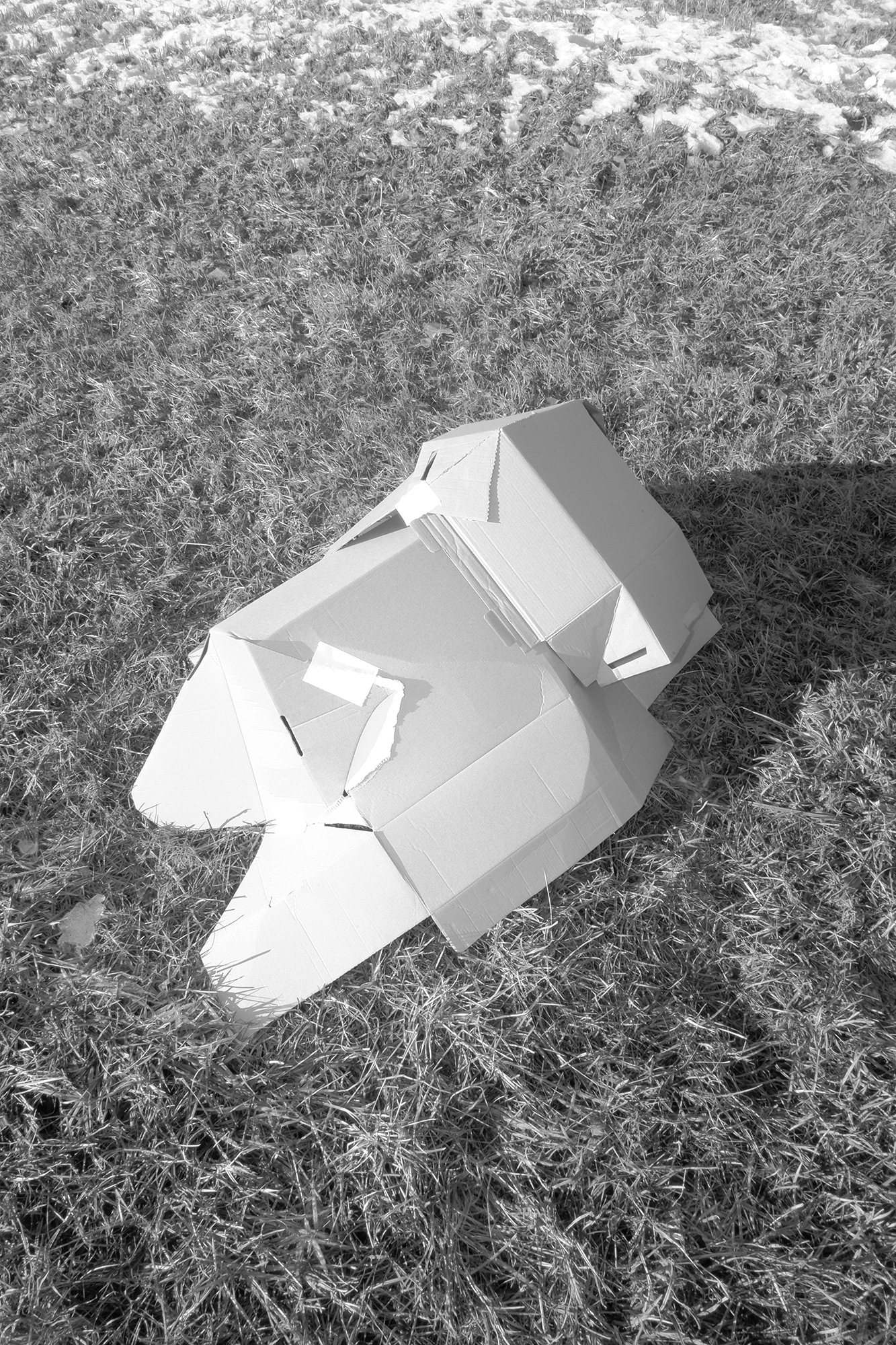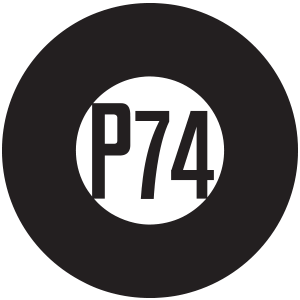
10 February – 3 March 2022
P74 Gallery
______
The starting point of Valerija Intihar’s creative practice is photography which she uses primarily as a tool for exploring materiality, perception, and comprehension of matter. At the same time, she inventively uses the nature of the selected media and their characteristics which she partly converts. In this way, she highlights the questionability of what is seen and present and the instability of perception and the world around her. Already in her master’s project in the making (Zero)gravities (2021 – mentor Prof. Peter Rauch), she dealt with gravity and weight and documented home-made experiments in which she used constructed objects and their traces in order to visualize the tension that is present but invisible to the eye. The discrepancy between depiction and reality is her point of interest in her new project Low-res images (2022) as well.
The title of the exhibition indicates the unclarity, the illegibility of the motif in question where the motif is no longer really recognizable. The author assembles objects made of various waste materials, paper, cardboard, textiles, observes them, and acts according to their capacities and limitations. She places each object in a selected space where she photographs it. Constructed objects, sculptures, act as an allusion to recognizable objects, but their identification is hampered by the fact that their image is blurred. The medium of photography flattens the materiality of the sculptural installation to the two-dimensionality of paper, while the black-and-white colour spectrum further deprives of potential characteristics that would facilitate recognition of individual objects and materials. The viewer is thus torn between anticipation, the desire for identification which is taken away from him or her. Nevertheless, these objects reveal material simplicity and incompleteness. Valerija Intihar understands them as ephemeral structures of specific modular units where the emphasis is on transience – they are only intended to be documented in photography. From the side role they play in our lives, she places them at the centre and thus makes them visible. The properties of the materials used dictate what kind of structure will be formed; they must be taken into account if we want this structure to stand or withstand gravity. If the photographs do not deprive the objects of their materiality, the artist, via a non-classical representation, leads the viewer to look at them and experience them differently. She moves away from the wall and places the photographs on constructed bases that serve as pedestals in the space. We look at them from above, we move around them, which allows us to observe changes in the perception of space, the gravity within it, and the tensions that occur in the staged frame. Unusual objects within everyday space act as intruders, a kind of fictitious objects that undermine the foundations of the reality into which they are brought.
The field of the author’s interest is determined by the relation environment-object-photography. The project is based on documenting temporary structures that we believe have happened as they are based on the (still attributed) authenticity of the photograph. Valerija Intihar reveals that the event is hidden in the mass of material. Just as we can recognize a specific aesthetics in the accumulated material, the author wonders if this excess of material can be changed into meaning. Accumulation is like a kind of enumeration, a repetition of the essence, where the quantity of repetitions of the same can be understood as a statement. Material saturation is easily linked in a broader sense to the problem of consumption in modern society, and on the other hand to the extremely transient nature of objects, to the problem of storage in the world of art.
______
Valerija Intihar (1995) graduated from the Faculty of Natural Sciences and Engineering, at the Department of Textile and Fashion Design, and works as an independent fashion designer in Ljubljana. Since 2017, she has been representing half of the Fuga project which has collaborated with platforms such as the Centre for Creativity, the Museum of Architecture and Design, the Mercedes-Benz Fashion Award, and Ljubljana Fashion Week. Some of her light installations have been shown both at the group or individual exhibitions at the Lighting Guerrilla Festival (2015, 2016, 2017, 2021). She is currently continuing her studies at the Academy of Fine Arts and Design, at the Department of Photography. She explores the positions of objects in the contemporary material-saturated world in both analogue and digital techniques – mainly through process documentation, sculptural installations, and manipulations in darkroom procedures.
